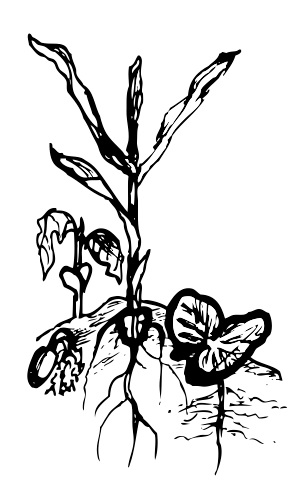Permaculture
Permaculture [Wikipedia, the free encyclopedia] relies on global and local networks of practitioners, and encourages all people to get involved in growing their own food and designing their environments to be more functional and sustainable. The term was coined in Australia, in the 1970’s, by Bill Mollison [google term search] and David Holmgren [google term search], and the community practicing and studying permaculture began to grow. It draws inspiration and practical information from many pioneers of environmentalism, sustainable or regenerative farming, social philosophy, science, and traditional practices. It is a holistic, inter-disciplinary system for the design and management of functional and healthy human and natural environments that will last far into the future.
Whole systems design
We have everything we need to truly take care of ourselves. There is incredible potential for individuals and communities to enhance and utilize their natural resources and to increase the quality of life for themselves and everyone around them. We have the information and the awareness to better meet human needs, while increasing the health of the environment. We have a system which guides our planning process, based on boiled-down ethics and principles and practical work. We have the people and resources in our community to help us get there.

